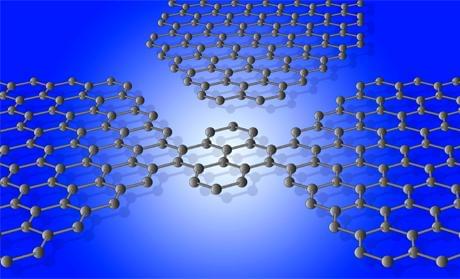Utilizing the computational prowess of one of the world’s top supercomputers, scientists have achieved the most accurate simulation to date of objects consisting of tens of millions of atoms, thanks to the integration of artificial intelligence (AI) techniques. Previous simulations that delved into the behavior and interaction of atoms were limited to small molecules due to the immense computational power required. Although there are methods to simulate larger atom counts over time, they heavily rely on approximations and fail to provide intricate molecular details.
A team led by Boris Kozinsky at Harvard University has developed a tool named Allegro, which leverages AI to perform precise simulations of systems containing tens of millions of atoms. To demonstrate the capabilities of their approach, Kozinsky and his team employed Perlmutter, the world’s eighth most powerful supercomputer, to simulate the complex interplay of 44 million atoms constituting the protein shell of HIV. Additionally, they successfully simulated other vital biological molecules such as cellulose, a protein associated with haemophilia, and a widespread tobacco plant virus.
Kozinsky emphasizes that this methodology can accurately simulate any atom-based object with exceptional precision and scalability. The system’s applications extend beyond biology and can be applied to a wide array of materials science problems, including investigations into batteries, catalysis, and semiconductors.









